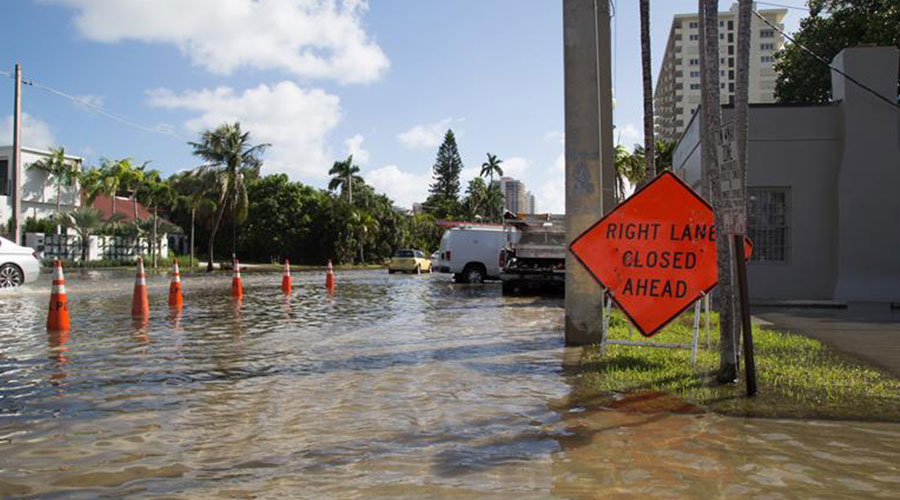Receding Floodwaters Offer Good, Bad News for Michigan Hospital
Once the floodwaters receded, the two departments began the task of determining the amount and locations of damage the hospital had sustained. Some of their findings were good news.
"We were lucky we didn't have damage to mechanical equipment, such as generators and HVAC units," Soop says. "One fire panel did burn out, but luckily we had a cross-connection that we opened, so we had no area that was unprotected.
"Also, our power house is located across from the ER, but water made it only into the vestibule and not actually into the power house. And two of our generators are up on stands."
The water did cause extensive damage to walls, floors and other components throughout the facility's lower level.
"We had to cut away drywall to perform moisture tests in some areas, and in some cases, we had to cut 5 feet up," Soop says. "We had to replace all of our doors in the basement, either because they're wood and porous or because they're metal and hollow with little holes drilled in them."
Crises have a way of exposing vulnerabilities in an organization's planning and preparation, as well as in its structures and systems. The 2014 flooding did reveal — in a very powerful way — one issue with the hospital's elevators.
"Today's elevators have sensors, so in a flood, the elevator would immediately sense water and go to the 10th floor," he says. "We didn't have that before, so when the flood was going on, the elevators were still running. An elevator would go down to the basement, pick up water, go all the way up to seven, eight, or nine with all that water. That's how all the cables and other equipment got so bad. Now, we'll have sensors on our elevators.
"You never realize how much you rely on elevators. We have 26 elevators, and 20 of them were flooded out. Each elevator shaft had 20,000 gallons of water in it that we had to pump out, and then we had to sanitize and clean it. All of the elevators are running now, but we're taking down one or two at a time because behind them is electronics and cables, and all of that has to be replaced."
Related Topics:













